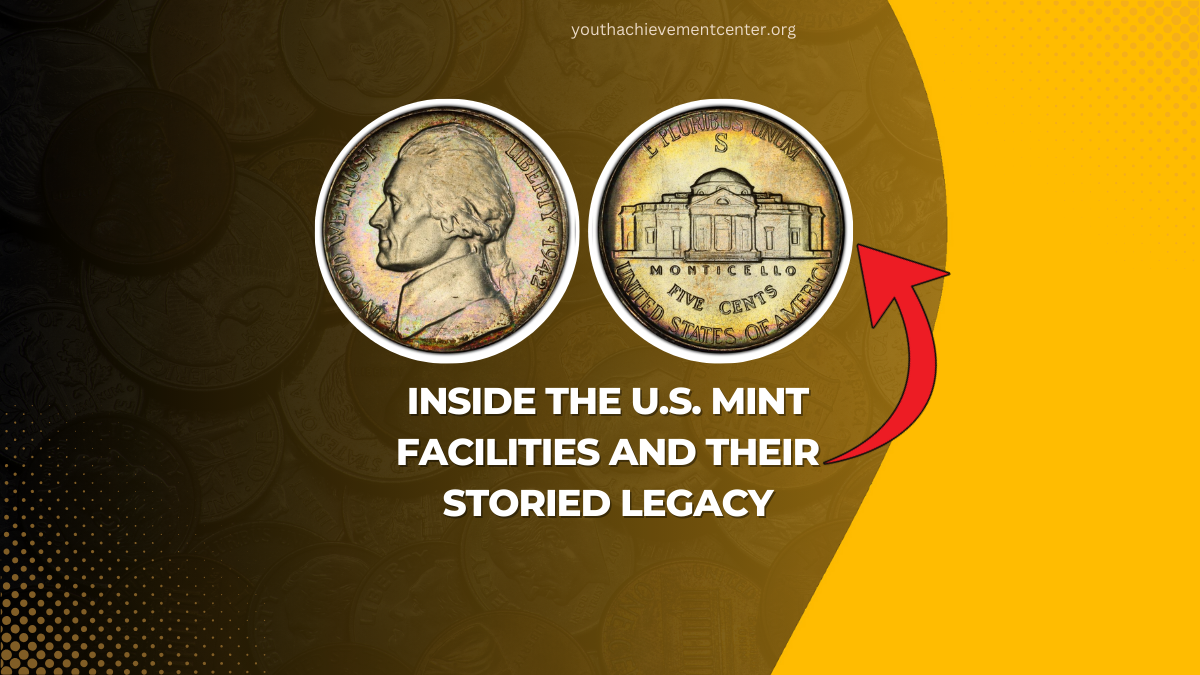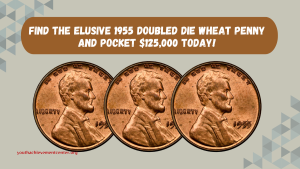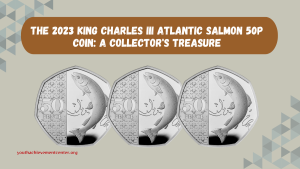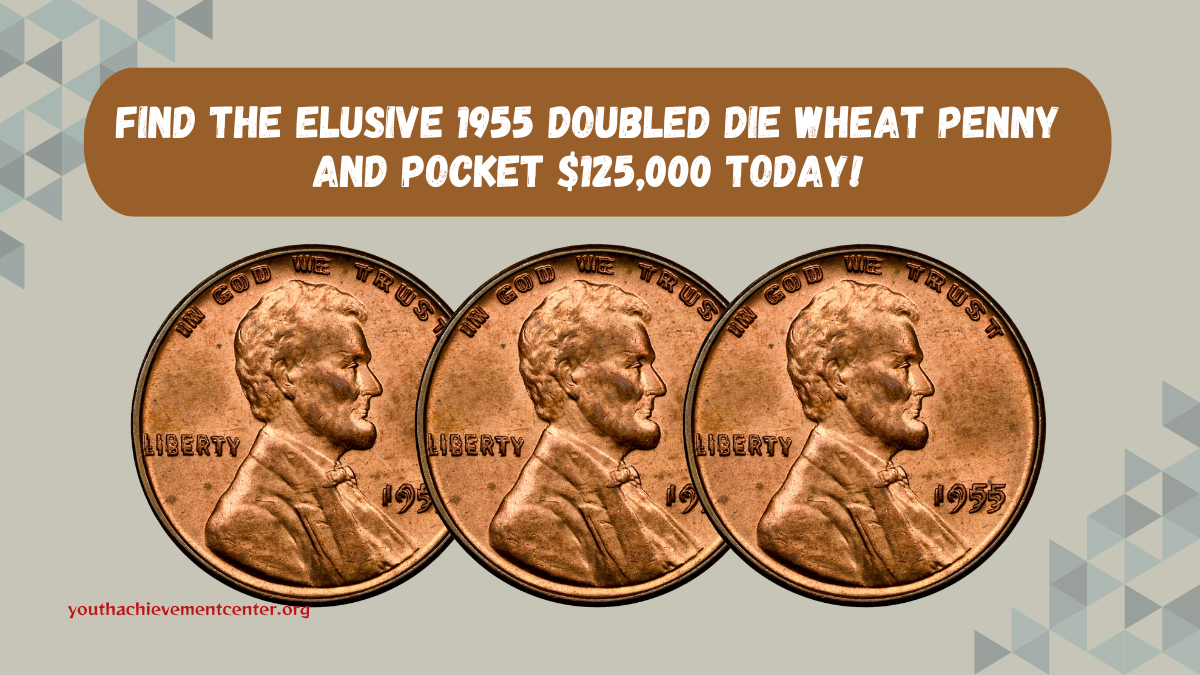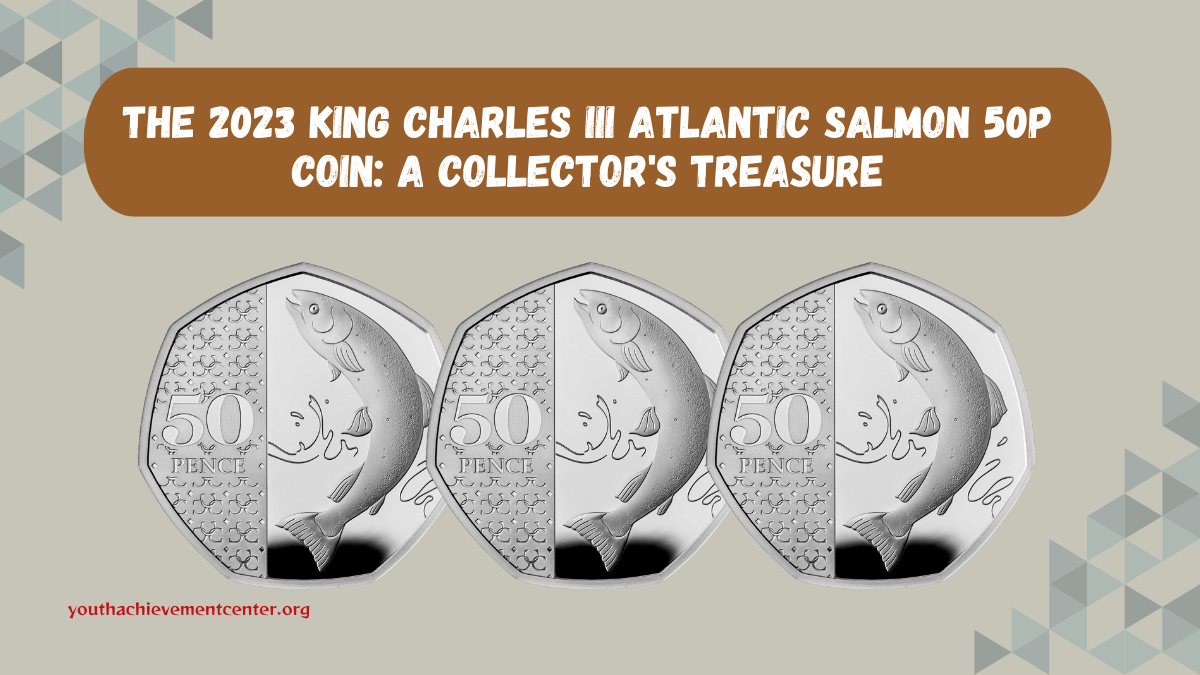The United States boasts a rich history of coin production, managed by the U.S. Mint through its various facilities. As of 2025, there are four active mints in the U.S., each playing a pivotal role in producing coins for circulation, collectors, and investors.
Active Mints in the U.S.
1. Philadelphia U.S. Mint
- Established: 1792
- Functions: As the first U.S. Mint, it produces circulating coins, numismatic products, and medals. It also houses engraving and design departments.
- Mint Mark: ‘P’ (absent on certain coins)
2. Denver U.S. Mint
- Established: 1906
- Functions: Produces circulating coins, coin dies, stores gold and silver bullion, and offers public tours.
- Mint Mark: ‘D’
3. San Francisco U.S. Mint
- Established: 1854
- Functions: Specializes in producing proof coinage for collectors and has a storied history, including surviving the 1906 earthquake.
- Mint Mark: ‘S’
4. West Point U.S. Mint
- Established: 1988 (as an official mint)
- Functions: Produces gold, silver, and platinum bullion coins, as well as commemorative coins. It also stores a significant portion of the nation’s gold reserves.
- Mint Mark: ‘W’
Historical U.S. Mint Facilities
Over the years, several mints have operated across the country to meet the demands of a growing nation.
| Mint Location | Years of Operation | Mint Mark | Notable Facts |
|---|---|---|---|
| Carson City, NV | 1870–1893 | CC | Known for silver coinage from the Comstock Lode; highly prized by collectors. |
| New Orleans, LA | 1838–1909 | O | Produced both gold and silver coins; building now serves as a museum. |
| Charlotte, NC | 1838–1861 | C | Specialized in gold coinage from local gold mines; ceased operations during the Civil War. |
| Dahlonega, GA | 1838–1861 | D | Focused on gold coins from nearby mines; operations halted due to the Civil War. |
Coin Production Figures
The U.S. Mint’s production varies annually based on economic demand and collector interest. In recent years, production numbers have been substantial:
- 2023: Approximately 13.5 billion coins produced for circulation.
- 2024: A decrease to about 12.3 billion coins, reflecting reduced demand.
- 2025: Projected production of around 11.8 billion coins, continuing the downward trend.
These figures encompass pennies, nickels, dimes, quarters, half dollars, and dollar coins.
Functions and Responsibilities of the U.S. Mint
Beyond coin production, the U.S. Mint is entrusted with:
- Bullion Production: Creating precious metal coins for investment purposes.
- Commemorative Coins: Issuing coins that honor significant events, individuals, and anniversaries.
- Medals: Crafting Congressional Gold Medals and other prestigious awards.
- Bullion Storage: Safeguarding the nation’s gold and silver reserves, notably at Fort Knox.
Visiting the U.S. Mint
The Philadelphia and Denver mints offer public tours, providing insights into the coin production process and the rich history of U.S. coinage. These tours are educational experiences for enthusiasts and the general public alike.
FAQs
How many active mints are there in the U.S.?
There are four active mints: Philadelphia, Denver, San Francisco, and West Point.
Which U.S. Mint produces the most coins annually?
The Philadelphia Mint typically has the highest annual coin production.
Can the public tour all U.S. Mint facilities?
Public tours are available at the Philadelphia and Denver mints.
What is the primary function of the West Point Mint?
The West Point Mint focuses on producing bullion coins and storing gold reserves.
Are coins from closed mints like Carson City valuable?
Yes, coins from defunct mints such as Carson City are often highly valued by collectors due to their rarity and historical significance.

